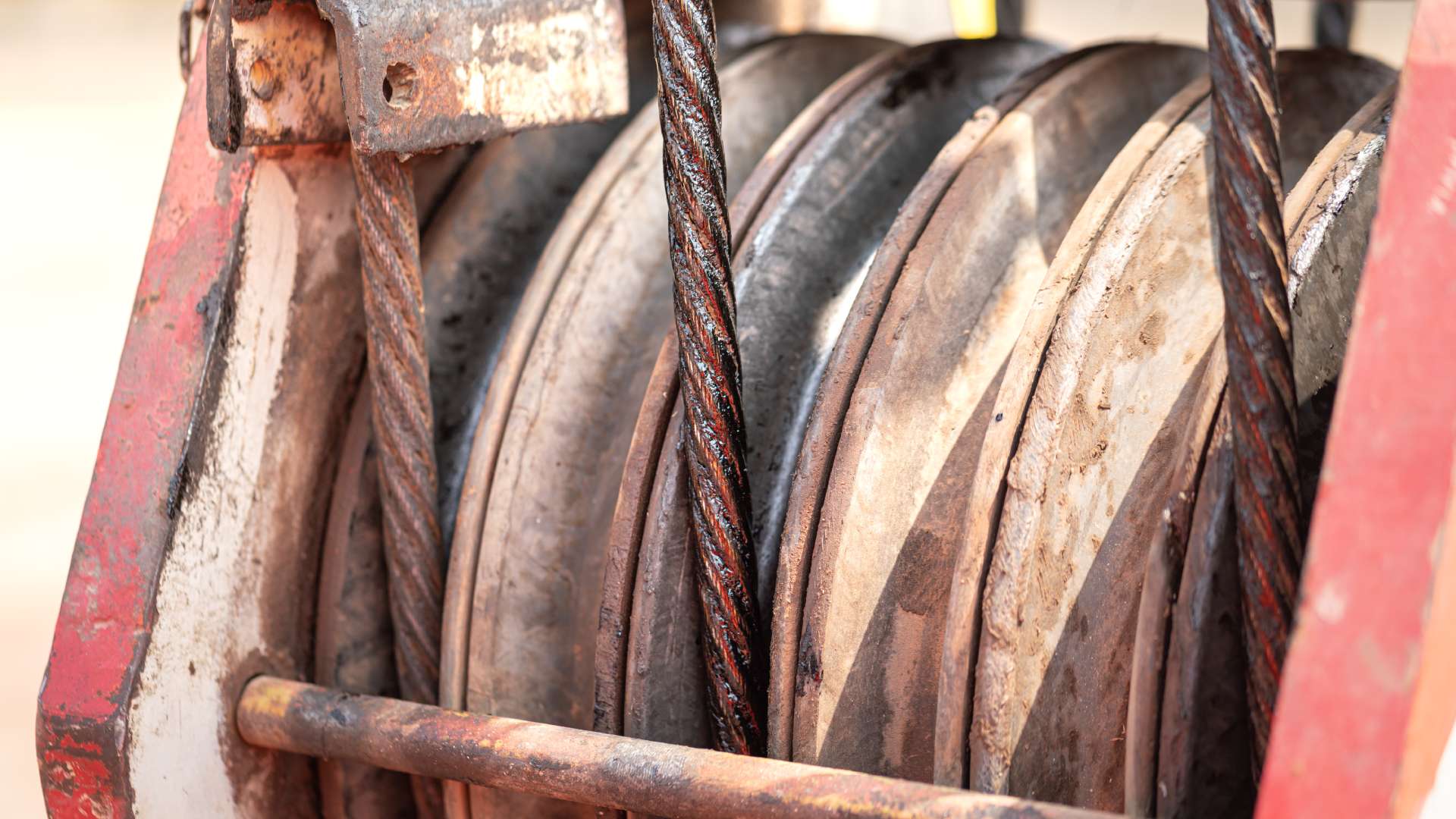How To Ensure Your Wire Sling Inspections Meet Requirements

If you want to know if your slings are safe to use and comply with industry standards, you need to inspect them. Whether lifting heavy equipment or materials, you must check that they’re safe. But before you start assessments, everyone on the team should know the proper steps. Here’s how to ensure your wire sling inspections meet industry requirements.
Competence Levels
The first step in conducting inspections is to ensure each person is competent. So each employee should have proper training and know what potential issues to look for and how to spot them. For example, The American Society of Mechanical Engineers (ASME) has a published set of qualifications that assessors must meet before they can check for wire sling problems.
Detail Orientation
A wire sling inspection requires workers to pay close attention to detail. Inspectors should know what to spot when checking for broken wires, kinks, corrosion, wear, and deformations. A reason it’s critical to learn what to look for when inspecting wire slings is that if employees find issues, they can discard them before they become hazards. Providing your quality inspection team with protocols and a checklist will help speed the inspection process and ensure they don’t miss anything.
Schedule Inspections
Besides training your team to inspect wire hangs, you should have a schedule for inspections. Depending on usage, you should schedule daily, weekly, or monthly inspections. Regular checks prevent mishaps and help the team stay sharp and updated on the last inspections.
Proper Tagging
Once a wire sling has passed inspection, your team should know how to ID it with the proper tag. When you train employees to tag after wire sling examinations, the following details must go on the tag ID: the identification number, load capacity, and inspection date. Proper tagging ensures that anyone using the sling knows its condition and capabilities, so accident risks remain low.
Proper Disposal of Failed Wire Slings
If a wire sling fails inspection, you must dispose of it properly. During training, instructors should inform trainees how to get rid of failed slings. For example, something employees learn is to cut up or render the cords unusable to prevent accidental use. Keeping a clear protocol for the disposal of failed wire slings helps maintain safety and compliance within your team.
Make sure your team knows how to inspect wire slings to ensure they meet requirements. You can mitigate a safer work environment by providing your workers with the proper training to ensure they meet inspector qualifications. Developing a more diligent approach to assessments ensures your organization remains compliant and your team becomes qualified to perform wire sling inspections.






